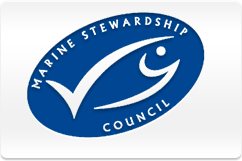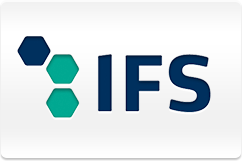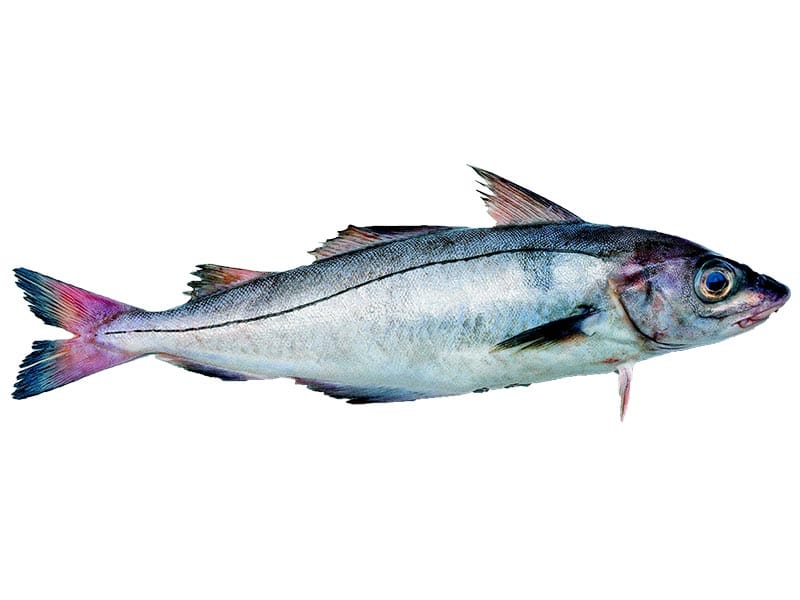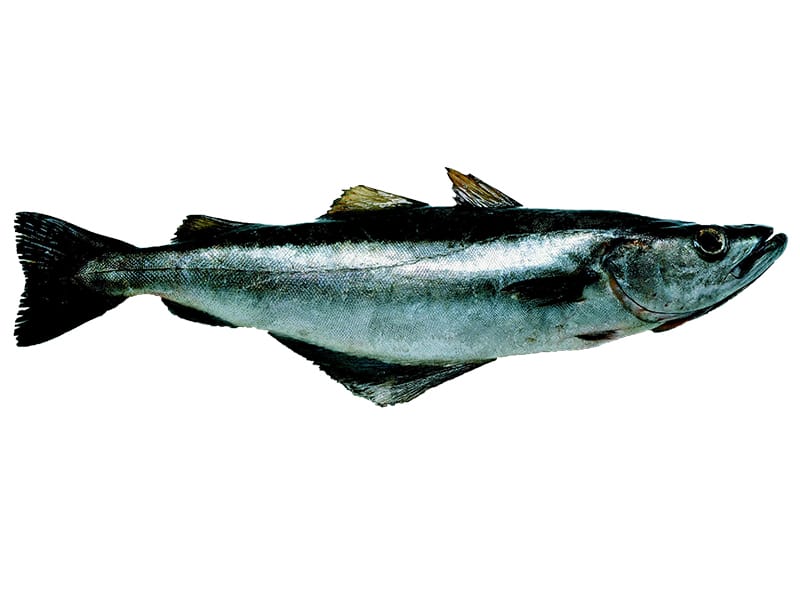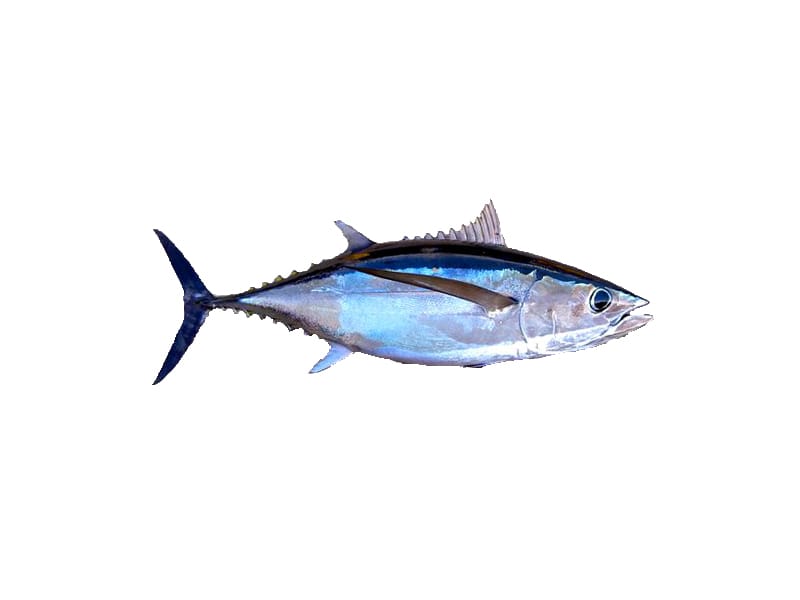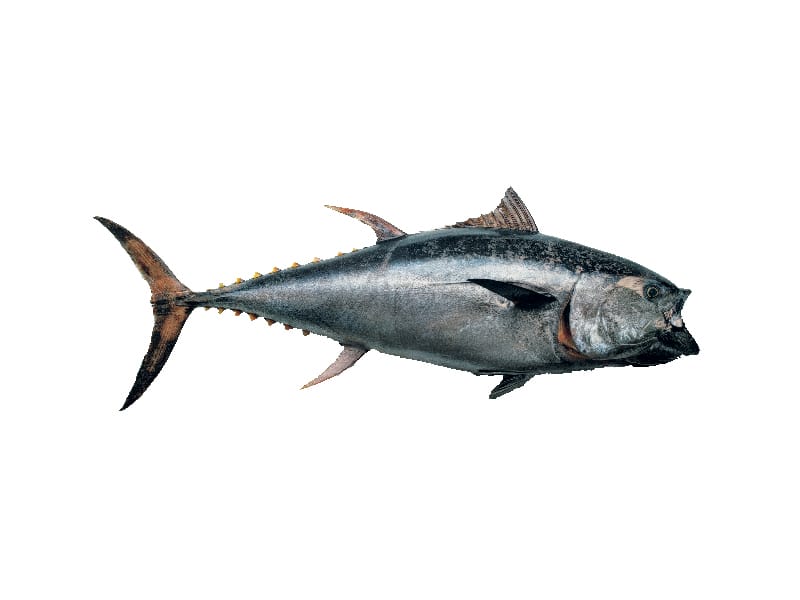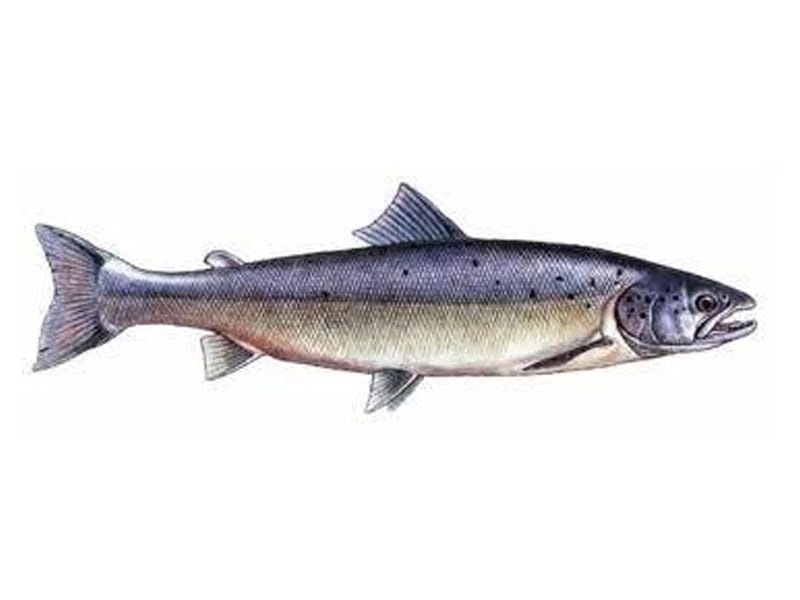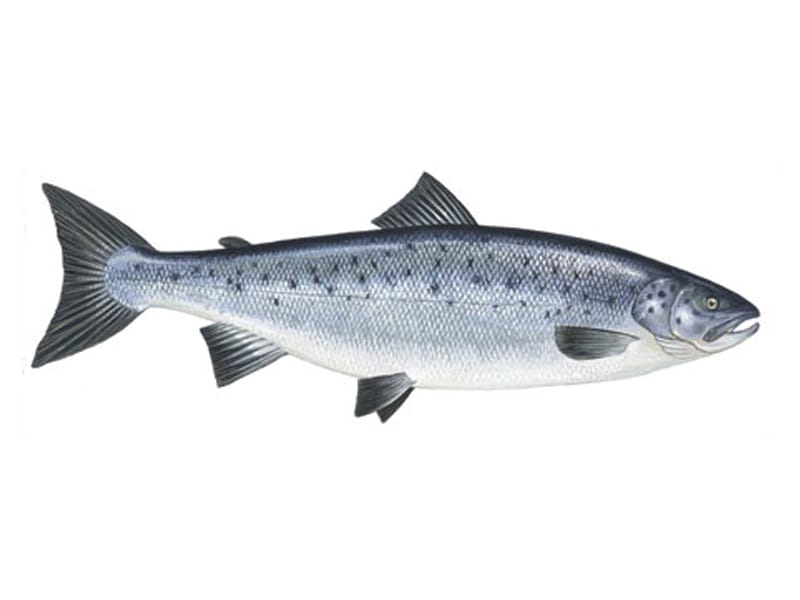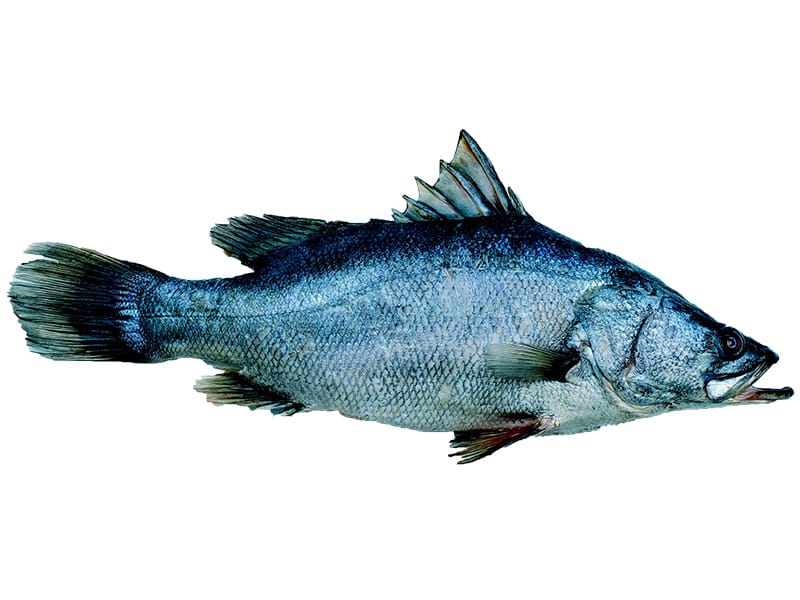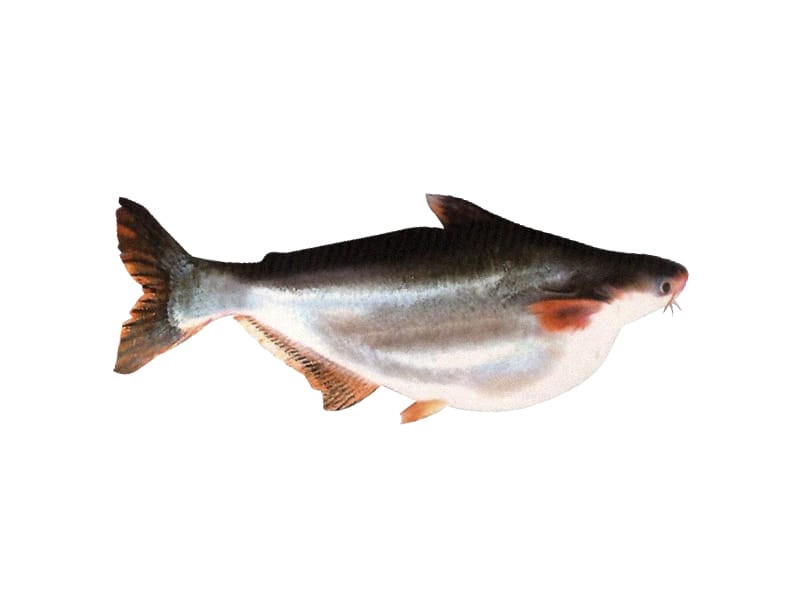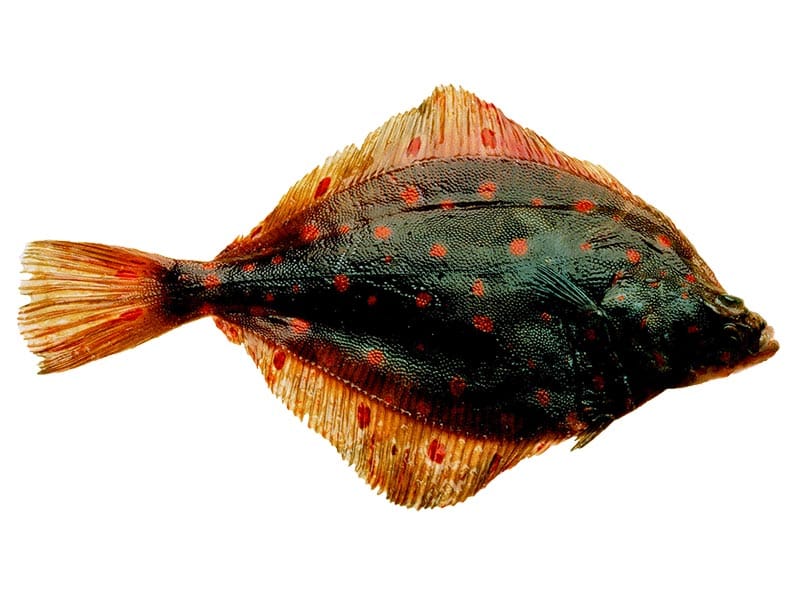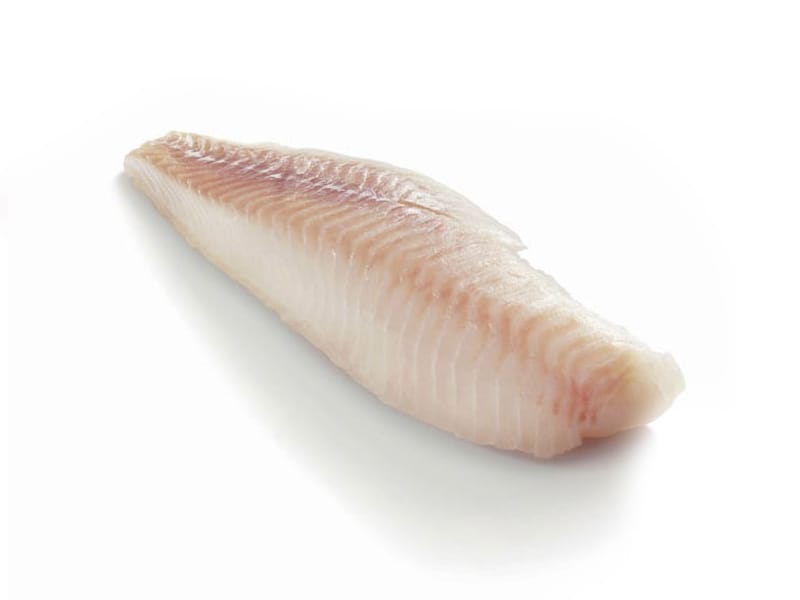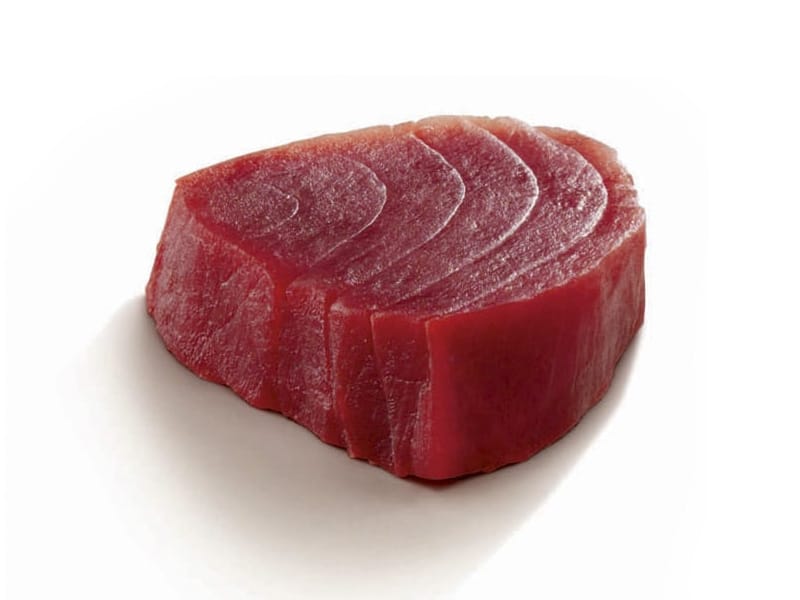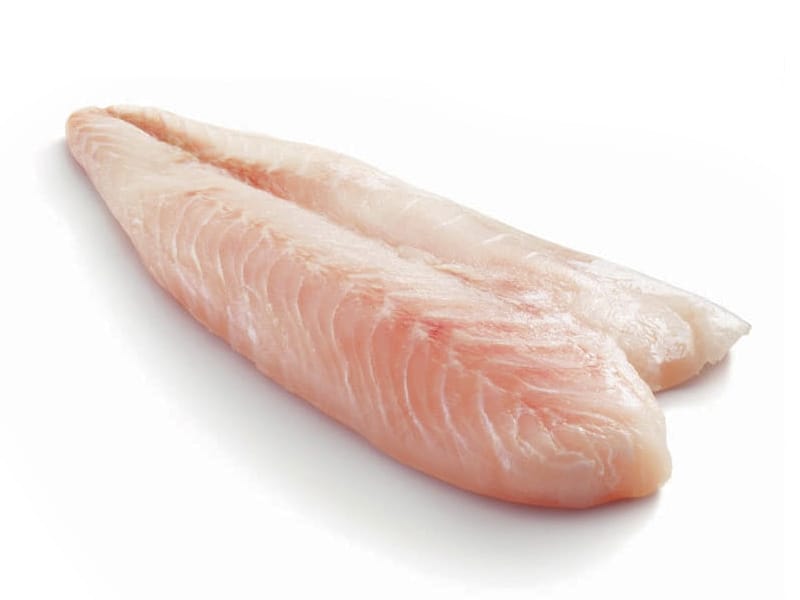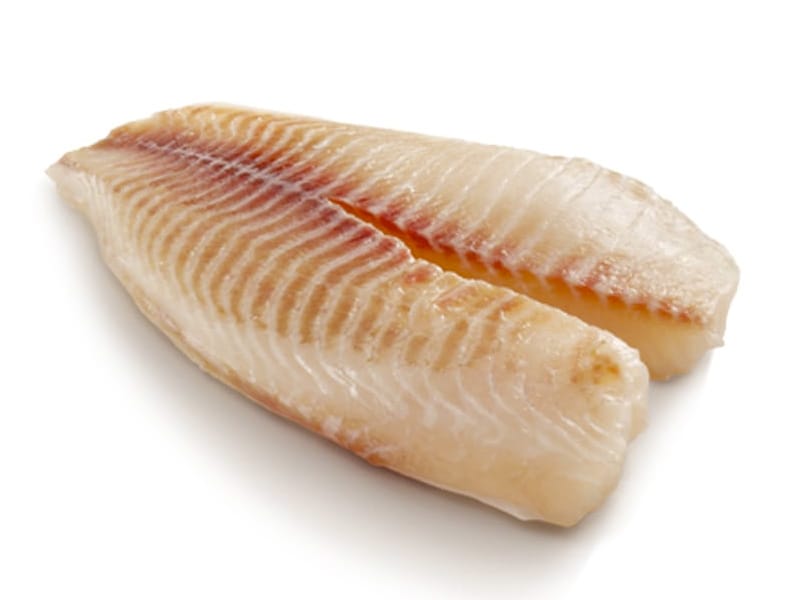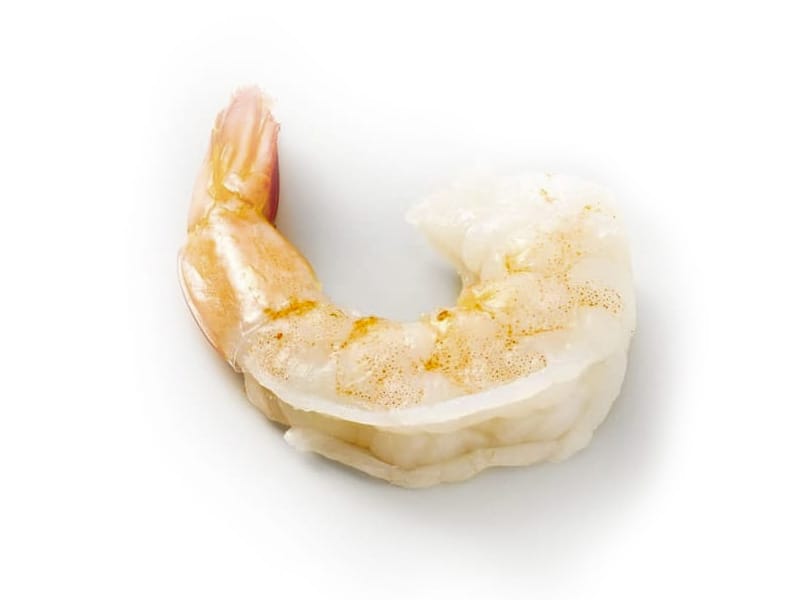SUSTAINABILITY OF FISHING (MSC, ASC)
FRIGONOVA Fish respects the two dominant basic conditions during fish processing: quality of source fish and sustainable fishing. These assumptions are interdependent and need to be viewed in the long term.
We are aware of the fact that only sustainable fishing can ensure the continuity of the global supply of fish products for future generations.
More than 80% of global fish stocks are over-exploited, depleted or in a state of collapse. After several decades of intensive fishing, some species are unable to reproduce fast enough to naturally recover
from the excessive fishing. Some fish populations have been reduced to the extent that they are threatened by extinction. It is estimated that more than 3.5 million fishing vessels sail the seas every day in order to find
and process their catch with powerful equipment and techniques aboard. These boats trace and hunt the diminishing shoals of fish using sonar and satellite systems. The quantity of fish pulled from the sea while using special
encircling fishing nets (trawls) can be as much as 53 tonnes in one load. Fish can also be caught by using long fishing lines with attached baited hooks which are drawn through the water by a vessel and can stretch for
tens of kilometres behind the boat. It is officially estimated that more than a quarter of the fish caught (including marine mammals and birds) by commercial fishermen is wasted – caught accidently and tossed overboard
to die. Some estimates suggest that actually half of what is caught is unwanted and discarded (referred to as the bycatch.
Because of this alarming situation, the Marine Stewardship Council (MSC), an international non-profit organisation, together with scientists, fishermen and environmental organisations, have developed standards in order to address
the problem of unsustainable fishing and minimise the impact that fishing activities may have on ecosystems and the wider environment. Fishermen have to undergo several years of a verification process, during which their
fishing methods and the impact of their fishing on the ecosystem is controlled and evaluated. Thanks to the MSC, fishermen from around the world know how to catch wild fish stocks so that a sufficient supply of fish in
the seas and oceans remains and thrives. Not only fishermen but also manufacturers and seafood processors are strictly controlled in order to determine whether they meet the set rules and principles of sustainable fishing.
Only fish products that meet strict standards for sustainability can receive MSC certification.
Similar rules also apply for aquaculture – seafood farming. The Aquaculture Stewardship Council (ASC) is an independent organisation with global influence. The ASC's mission is to transform aquaculture towards environmental
sustainability and social responsibility using efficient market mechanisms. Basically, the main goal is to maintain a balance when it comes to the catching and farming of seafood.
FRIGONOVA Fish is proud to have successfully met the MSC and ASC standard criteria and passed both audits. Therefore, the company is entitled to mark its products with blue MSC and green ASC label. Our company
respects and fully identifies with these principles.





